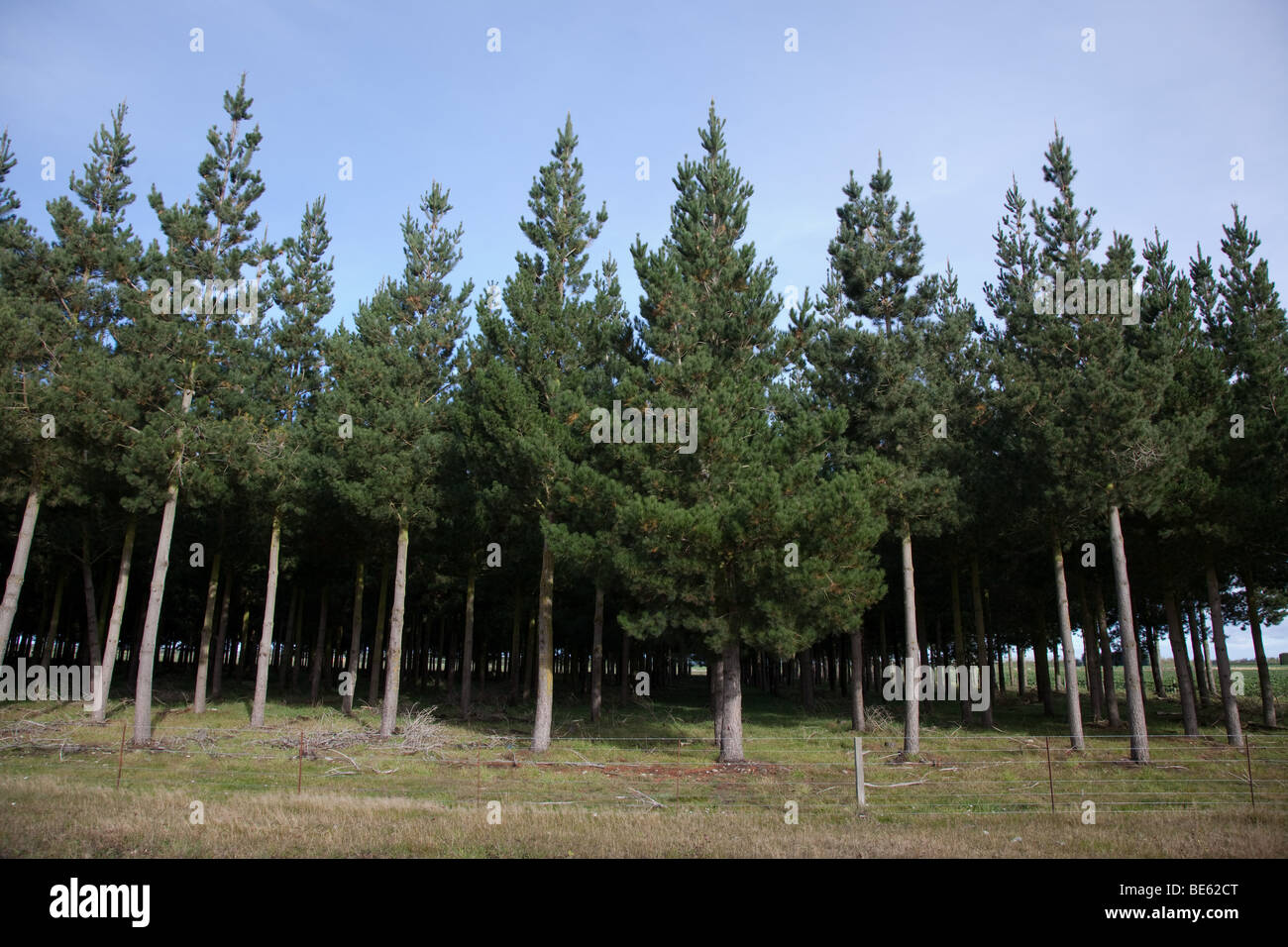

It is native to just five areas: the Año Nuevo-Swanton area (San Mateo and Santa Cruz Counties), the Monterey Peninsula and Carmel (Monterey County), Cambria (San Luis Obispo County), and Guadalupe and Cedros Islands off Baja California in Mexico. Today, the Monterey Pine has a very restricted distribution. Localities where fossil cones of Monterey Pines have been found. Distribution Range of Monterey Pines today. Although the burned mature trees usually die, many new trees soon sprout from the seeds, recolonizing the area more quickly than other tree species. In as little as a day after the fire, the cones open, at once releasing a seed supply saved up from multiple years. The heat from fires sweeping through the crowns of the trees causes the resin seal to melt. Most scientists believe that serotinous cones evolved as an adaptation to dry climates with occasional forest fires. Monterey Pine cones may open after a few years, but remain on the tree.īotanists call this closed-cone trait serotiny (sahr-ROT-in-ee). In the case of the Knobcone Pine, the cones can remain closed for decades. With the closed-cone pines, however, many of the cones remain sealed with resin and attached to the branches. The Monterey Pine, along with the Bishop and Knobcone Pines, belong to an informal taxonomic category known as the “California closed-cone pines.” In most species of pine, a set of cones matures annually, opening and dropping their seeds in the fall. On very hot days - a rarity where I lived - the trees emitted an eerie cracking sound as some of the cones opened. In the highest branches, kestrels would perch, sometimes giving off a loud screech. A carpet of brown needles blanketed the ground beneath them. Each was very tall, perhaps a hundred feet, with a craggy trunk three or four feet wide at the base. Several large Monterey Pines grew next door when I was a kid, so these were the first pines with which I became acquainted. I have long had a fondness for Monterey Pines. Recent discoveries about its fossil history not only help us to better understand its present distribution, but also may help shape future conservation efforts. A splendid example of this is the Monterey Pine. Less appreciated but just as important is that the past can be a key to better understanding the present. It mostly holds true, although now we know that very rare events, such as asteroid impacts, have also played important roles in the history of the Earth and of life. This concept is more formally known as the Principle of Uniformitarianism. Geologic processes that anyone could see during his or her lifetime had acted much the same way throughout earth history. It was not necessary to invoke extraordinary events or “catastrophes” to explain the past. could, over long periods of time, leave behind the rock record we see today. Hutton proposed that modern-day Earth processes - such as erosion, sedimentation, volcanism, etc. “The present is the key to the past.” This well-known geological axiom was first championed by Scottish naturalist James Hutton in the late eighteenth century. Reproduced from the Monterey Bay Paleontological Society Bulletin, July–September, 2004. Information on controversies in the public arena relating to evolutionīy Frank Perry, Research Associate, Santa Cruz Museum of Natural History.Alignment with the Next Generation Science Standards.The big issues – Pacing, diversity, complexity, and trends.Macroevolution – Evolution above the species level.Microevolution – Evolution within a population.Mechanisms: the processes of evolution – Selection, mutation, migration, and more.The history of life: looking at the patterns – Change over time and shared ancestors.

An introduction to evolution: what is evolution and how does it work?.


 0 kommentar(er)
0 kommentar(er)
